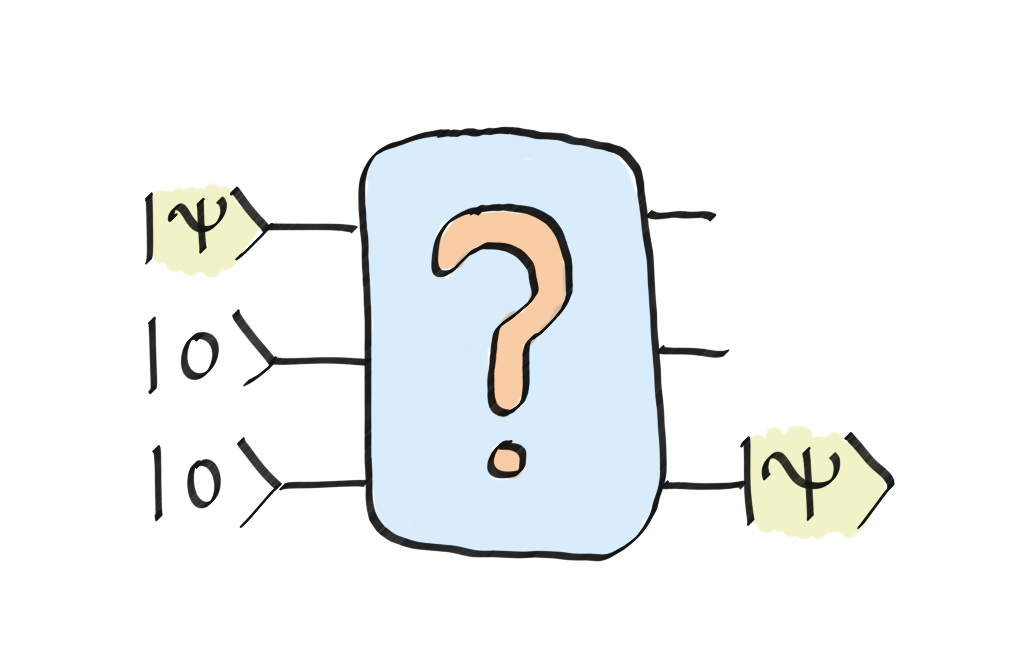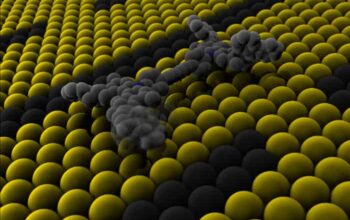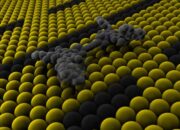In the realm of quantum computing, qubits serve as the enigmatic building blocks capable of harboring and manipulating information. Unlike their classical counterparts, which exist in states of 0 or 1, qubits can exist simultaneously in a superposition of both states, akin to a spinning coin that embraces the potentiality of being heads and tails at once. This intriguing property is foundational to the promise of quantum computation, providing a pathway to solving complex problems beyond the realm of classical computing capabilities.
At their core, qubits represent a radical departure from traditional binary systems. They can be realized through various physical systems, including photons, electrons, or even atoms. This versatility allows for myriad approaches to quantum information processing. For instance, trapped ions utilize electromagnetic fields to confine charged atoms, which can then be manipulated with lasers to perform operations on qubits. Alternatively, superconducting circuits exploit the peculiar behavior of electricity in superconductors at extremely low temperatures, creating qubits that are both controllable and observable.
The allure of qubits lies not only in their ability to represent complex data but also in their capacity for entanglement—a robust correlation between qubits that allows for instantaneous state information exchange, regardless of the distance separating them. This phenomenon, famously dubbed “spooky action at a distance” by Einstein, enhances computational power, enabling efficient algorithms that can crack cryptographic codes or simulate quantum systems for drug discovery with unprecedented speed and accuracy.
Nonetheless, harnessing the potential of qubits is fraught with challenges. The intricacies of quantum mechanics introduce a plethora of issues that plague the creation and sustainability of qubits. For starters, qubits are highly susceptible to decoherence, a process where the qubit’s delicate quantum state collapses due to interaction with its environment. Imagine a fragile sculpture in a bustling gallery—vibrations from nearby footsteps and errant whispers threaten its pristine existence, paralleling how environmental noise can easily disrupt a qubit’s coherent state.
Furthermore, the precise maintenance of qubits requires an environment that is meticulously controlled. Thermal fluctuations, electromagnetic interference, and external vibrations must all be mitigated to ensure fidelity in operations. This brings forth the concept of error correction, a daunting task that necessitates additional qubits to stabilize and detect errors occurring in quantum computations. The requisite infrastructure resembles an intricate fortification built around an invaluable treasure—an endeavor demanding copious resources and engineering prowess.
Moreover, the process of creating qubits is not only technically demanding but also resource-intensive. Physical systems must be constructed with extreme precision, operating at temperatures near absolute zero or requiring complex laser setups for ion manipulation. The challenges extend beyond simple construction; they delve into the realms of materials science and condensed matter physics where researchers must explore ever-more exotic materials and structures to enhance qubit coherence times, effectively prolonging their utility for computation.
The unique appeal of qubits burgeons in the face of adversity. Numerous scientific paradigms are converging to overcome these obstacles, with promising advancements on the horizon. Techniques such as topological qubits, which rely on braiding particle-like excitations to achieve robustness against environmental noise, offer new vistas for resilience in quantum computing. The pursuit of fault-tolerant quantum computing attempts to construct systems where errors are not just the bane of existence but rather an integrated aspect of computation, fashioning paths toward enhanced stability.
As research unfolds, the interplay between theory and experimentation coalesces into a dynamic landscape. Collaborative frameworks merging physicists, computer scientists, and engineers cultivate fertile ground for innovation. Initiatives are underway to synthesize hybrid systems that can leverage the strengths of disparate qubits, fostering a diverse toolkit to tackle the intricacies of quantum information, akin to a chef harnessing a medley of ingredients to create a symphony of flavors beyond the capabilities of singular constituents.
Moreover, a shift in paradigms—where the narrative of quantum computing evolves from insurmountable challenges to an optimistic vision of technologic advancement—encourages investment in quantum technologies. This emergent enthusiasm is reminiscent of the early days of classical computing, where visionaries grappled with nascent technologies yet ultimately laid foundational frameworks for digital society. As interdisciplinary research burgeons and new methodologies emerge, the future landscape promises a cornucopia of opportunities, unlocking previously inconceivable computational feats.
In conclusion, while the road to mastering qubits is littered with formidable challenges, their unique properties redefine what we perceive as possible in information processing. Through rigorous research, collaborative endeavor, and innovative engineering, humanity is poised to navigate the complexities of the quantum realm. The ultimate realization of qubits as stable, reliable information carriers could herald a transformative era that may not only reshape computational tasks but redefine our conceptual understanding of technology and its expansive potential.










